


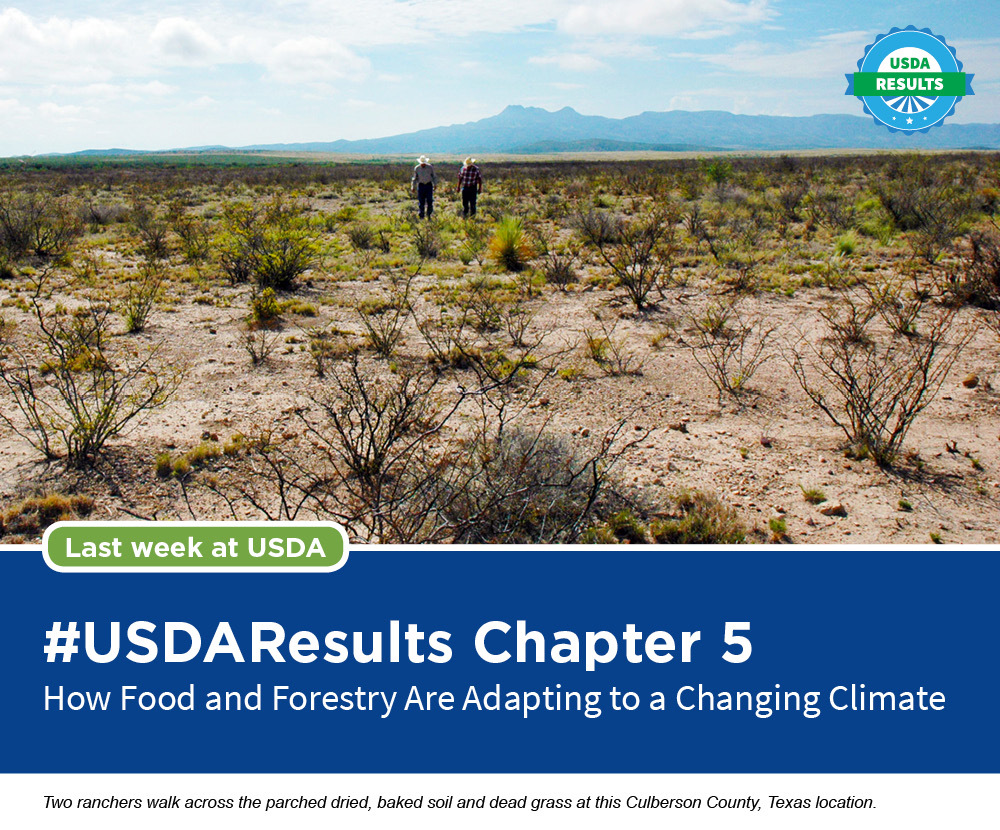
As part of our commitment to a healthier planet for future generations, USDA is working on innovative strategies to reduce pollution while helping farmers, ranchers and forestland owners adapt to the intensifying impacts of climate change.
Last week, we shared the first results of USDA's Building Blocks for Climate Smart Agriculture and Forestry. A year after the plan was originally unveiled, you can read the progress report and see how these building blocks are working on the ground by exploring a series of case studies on our website: http://usda.gov/climate-smart.html.
You can also hear directly from farmer Bob Giacomini who operates a 720-acre family-run dairy in Marin County, CA. Like farmers across the State, his farm has faced record drought, which is why he’s making sure it is at the forefront of conservation.
Through a comprehensive set of voluntary programs and initiatives USDA expects to reduce net emissions and enhance carbon sequestration by more than 120 million metric tons of carbon dioxide equivalent per year by 2025. This reduction is the equivalent of taking 25 million cars off the road or offsetting the emissions produced by powering nearly 11 million homes per year. A new $72.3 million investment will also boost carbon storage in healthy soils.
Join us throughout the month of May as we take a look at how USDA’s approach to collaborative and climate smart policies have supported farmers, ranchers and forest landowners as they adapt in the face of a changing climate. Follow along on usda.gov, on the USDA blog and by using #USDAResults, or catch up on Chapter IV on our Medium site.

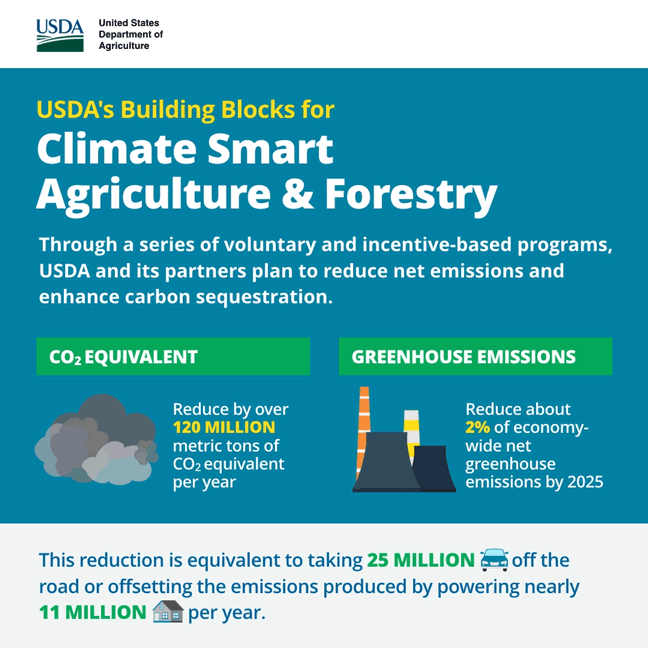
In May we’ll take a look at how USDA’s approach to collaborative and climate smart policies have supported farmers, ranchers and forest landowners as they adapt in the face of a changing climate.
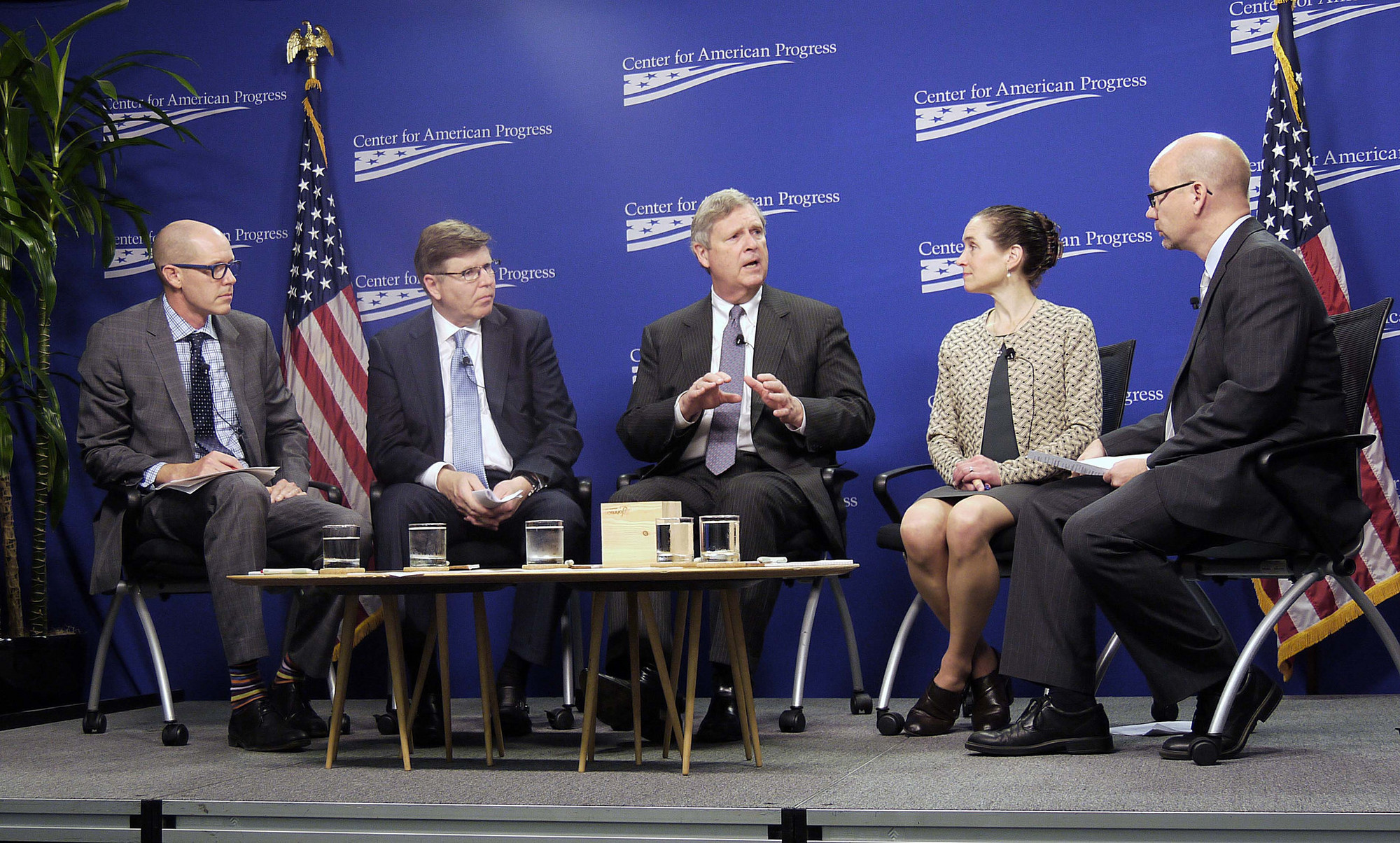
Watch Secretary Vilsack address advancements in climate-smart ag and forestry at the Center for American Progress and sit down for a panel with executives from Land O’Lakes, Weyerhaeuser, and the Environmental Defense Fund.
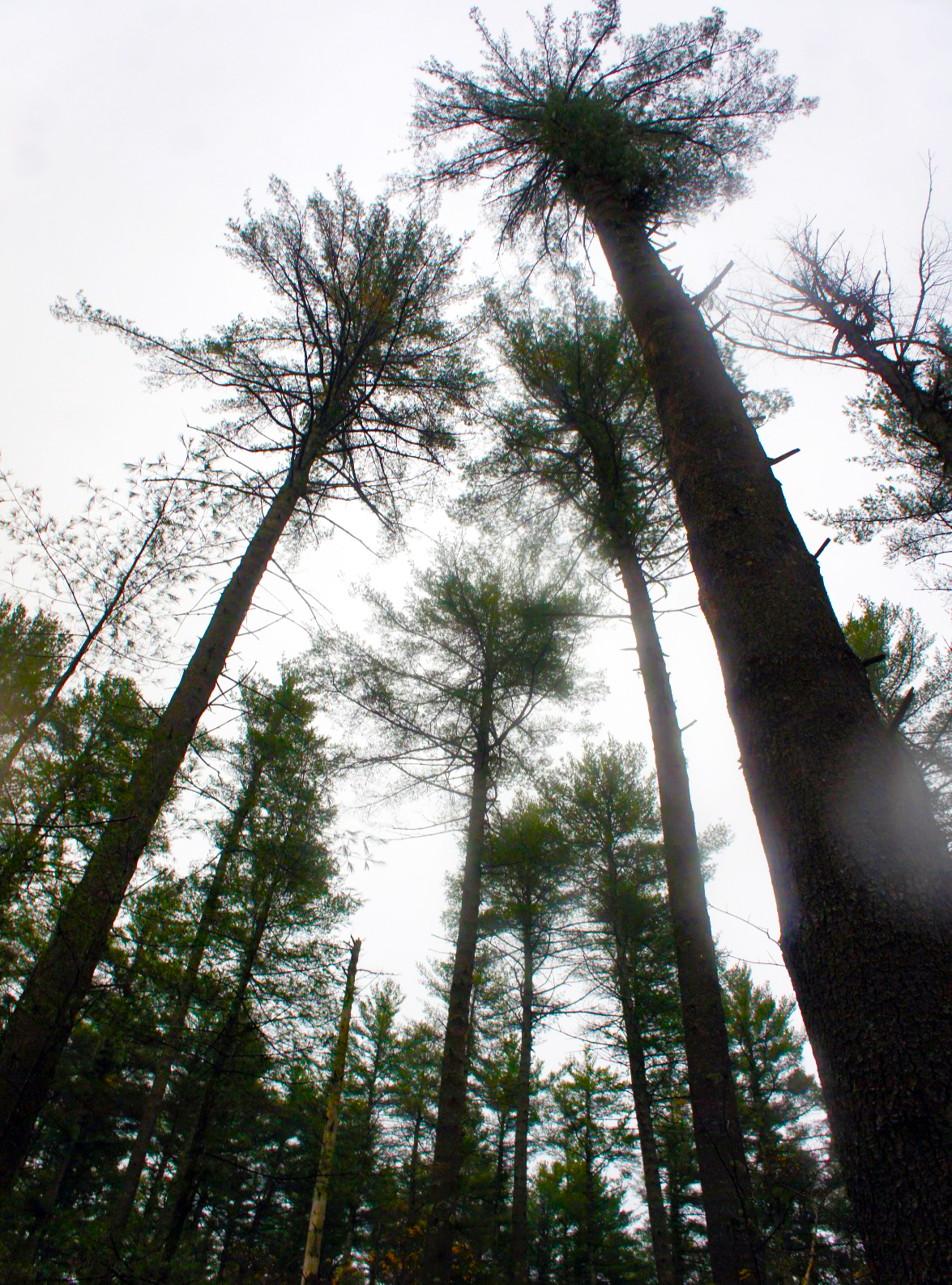
Large white pines are retained in a 110 year-old plantation, while canopy gaps were created to initiate regeneration of hardwood species at Marsh-Billings-Rockefeller National Historic Park.
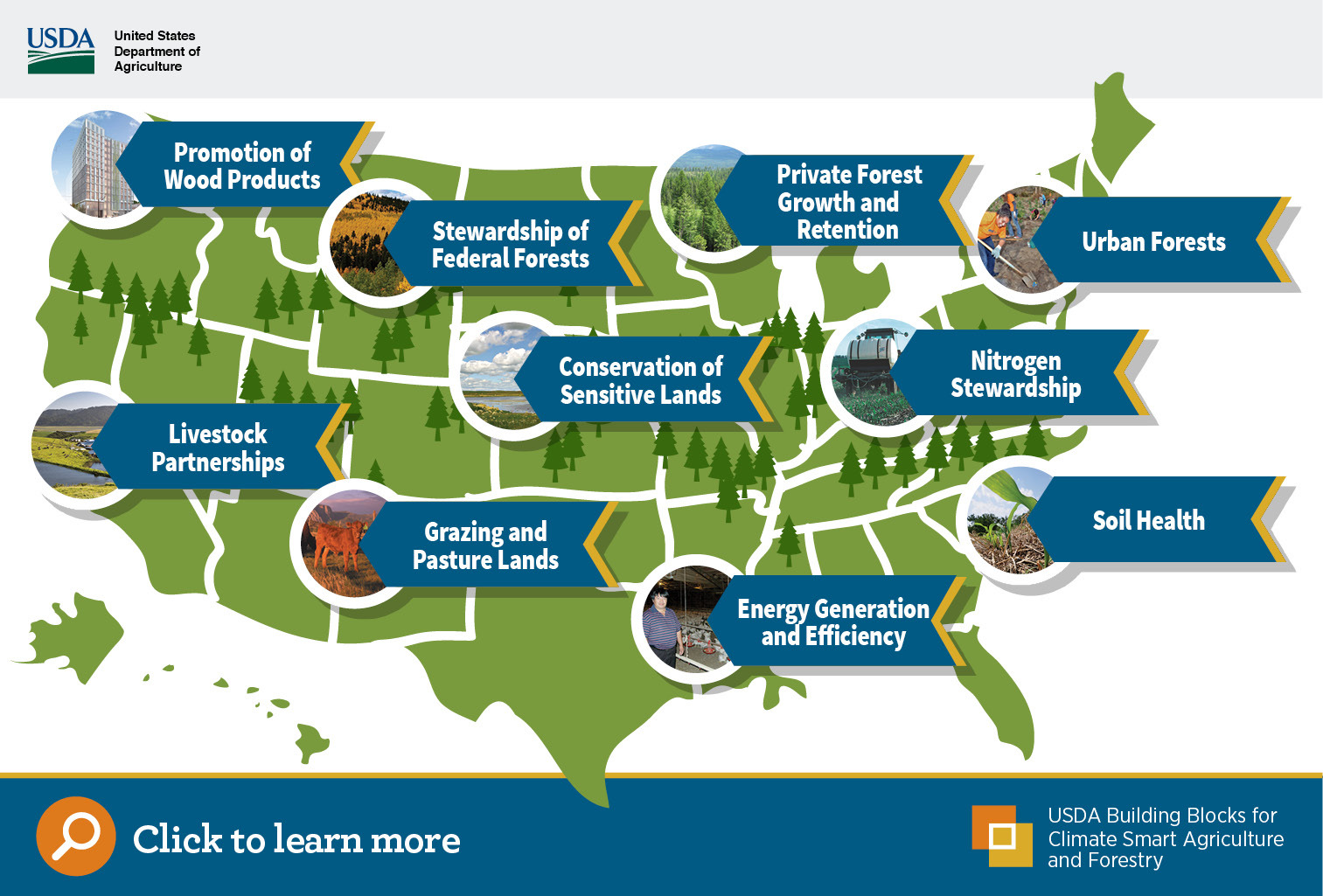
You can find out how our building blocks are working on the ground by exploring a series of case studies on our website: http://usda.gov/climate-smart.html
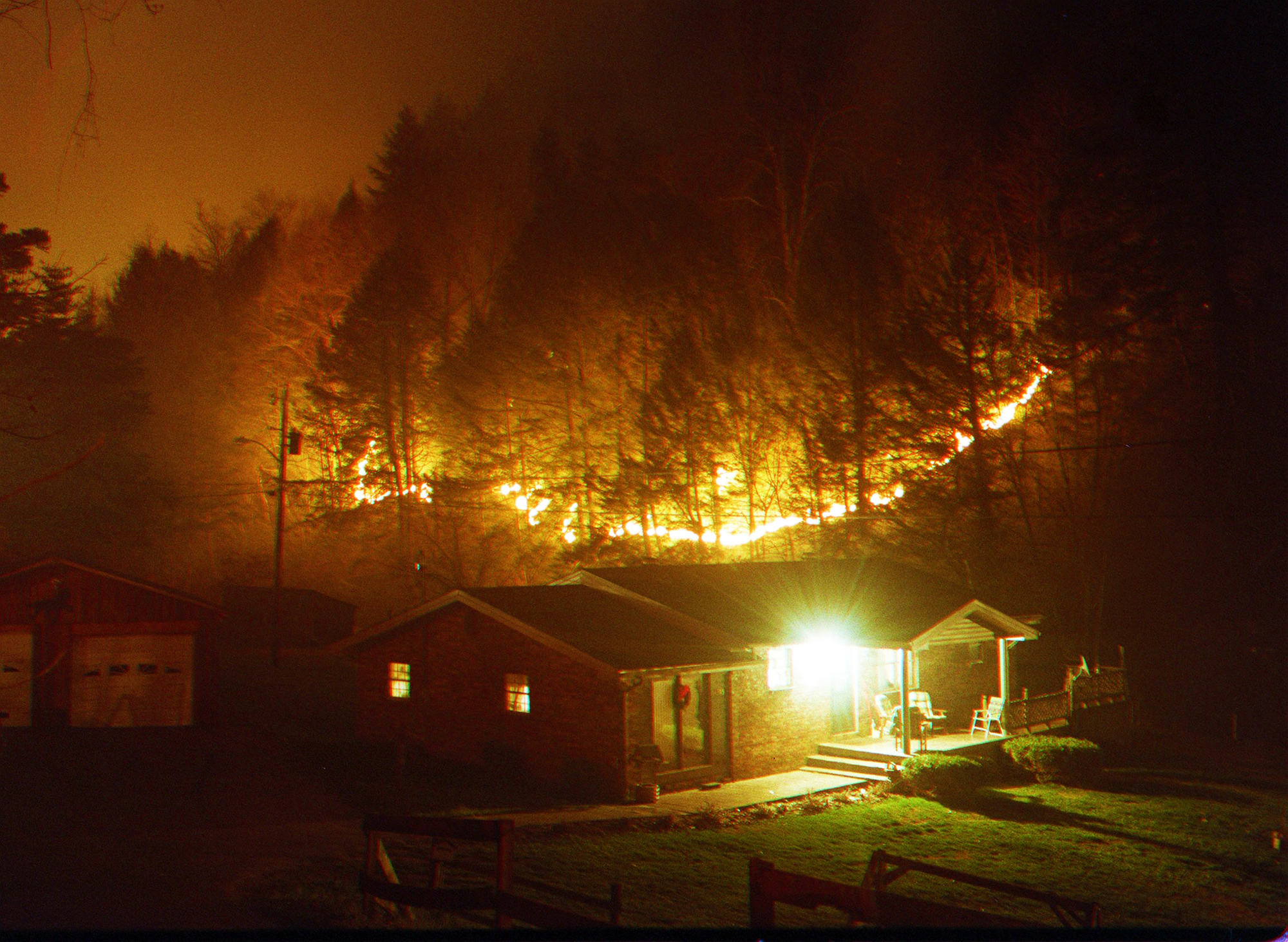
A Fire Wise protected home with landscaping designed to minimize fuel that would feed a fire to the doorstep.

Building Climate-Smart Agriculture and Forestry
Secretary Vilsack just announced a new comprehensive implementation plan and roadmap to achieve these reductions in partnership with farmers, ranchers, forest landowners and other partners. Over the next three years, USDA will work to lay a strong foundation for achieving these goals by supporting conservation measures, conducting outreach and training with stakeholders and staff, and continuing investment in research for climate-smart practices.
A Tree in a Time Capsule
The story of Super Girl being placed in a pod on Krypton and fired off to earth to help save her cousin and at least some of her species is science fiction. But for many species the danger of extinction from climate change, habitat destruction, or invasive exotic pests is the real deal.
Climate Smart Restoration of Appalachian Forests
As the climate changes, and our forests are affected, the need to reclaim impacted areas and restore native species becomes more important than ever. The U.S. Forest Service’s Monongahela National Forest is at the forefront of not only forest restoration, but also helping those landscapes adapt to climate change.
Urban Youth Discover Conservation can be Life Changing
A peaceful forest setting mixed with sounds of birds and running water provides a feeling of solitude one would expect in a remote wilderness. But this area is anything but remote. Nestled in the shadow of Atlanta’s metropolitan skyline resides a green jewel so secluded and tucked away that many pass the main entrance without even noticing.
New Tools Bring Lenders to the Table for Local, Regional Food Enterprises
Open any food magazine these days and you’re bound to find a profile of the latest locavore start-up turning cream and cantaloupe into craft popsicles or maple sap into a whole new category of bottled beverages. As consumer demand for local foods continues to climb like pole beans, venture capitalists are scouring this sector in search of the next hot investment.
Working Together To Prepare Forests For A Changing Climate
It can be a daunting task to try to plan for something as big and complex as climate change. Uncertainty, whether we will be facing drought, extreme storms—or both—from one year to the next, may make planning for healthy and productive forests seem impossible for managers and landowners.
Be Fire Wise: Preparing Your Home for Wildfire Season
Very often, the difference between saving your home in a wild fire and losing it to the flames is pretty much determined by what you do to prepare your property. The U.S. Forest Service calls it being Fire Wise.
Talking Local Food: Measuring Progress and Creating Opportunities
Results—at USDA we are constantly tracking and measuring them. We want to know that what we’re doing is making a difference, that we’re making progress towards our mission, that the communities we support are getting the help they need. Recently I had the pleasure of visiting local food stakeholders that are making a real difference in Charlottesville, VA and hear firsthand how USDA programs have made an impact in their community.
Climate-Smart Practices Keep the Land Covered
There are many ways that farmers can use plant cover to mitigate and adapt to climate change. To learn climate-smart practices, farmers can turn to resources like USDA’s Plant Materials Center in Lockeford, California (CAPMC) which is one of 25 PMCs nationwide.
Will Chestnuts Roast on an Open Fire Again Someday?
Seventy years ago, when Nat “King” Cole first regaled us about roasted chestnuts in The Christmas Song, not many Americans could actually enjoy the treat because American chestnut trees were in dire straits.
Big Impact from a Small Kitchen
I recently traveled to Columbus, Ohio with Farm Service Agency (FSA) Administrator Val Dolcini and stopped by Southside Roots Café, Market and Kitchen for lunch. The restaurant makes delicious food from locally-sourced seasonal ingredients, but what really sets it apart is how it charges customers for that food.

USDA Reports on Past Climate Smart Results and on a New Investment
Broadcast Date: Thu, May 12, 2016
Agriculture Secretary Tom Vilsack says his department is well on its way to achieving major agricultural greenhouse gas emission reduction goals and is making an additional investment in that effort. (Gary Crawford and Sec'y Tom Vilsack)
Measuring Goals In The Food Waste Challenge
Broadcast Date: Wed, May 11, 2016
USDA researchers will soon establish the start of what will be a long-term measuring process of how well we are doing in reducing food loss and food waste. (Rod Bain and Agriculture Secretary Tom Vilsack)
Record Snowpack Melt Rate In Northwest And Northern Rockies
Broadcast Date: Wed, May 11, 2016
What might the quick melt of mountain snowpack in the Northern third of the West mean for water supplies there? (Rod Bain and USDA meteorologist, Brad Rippey)
Examples Of Growing US-Brazilian Ag Partnerships
Broadcast Date: Mon, May 9, 2016
The US and Brazil from an ag perspective have many things in common, and many opportunities to work together, according to a USDA attache. (Rod Bain and Clay Hamilton of the Foreign Agricultural Service)
New Tools for Starting New Farmers Markets and Local Food Systems
Broadcast Date: Mon, May 9, 2016
If you want to start a farmers market or other local food activity, there are several USDA tools that could help. (Gary Crawford and Sec'y Tom Vilsack)

USDA: ‘Agriculture Wants To Play Its Role’ In Fighting Climate Change (ThinkProgress)
Last April, the United States Department of Agriculture announced plans to tackle agriculture’s contribution to climate change. Dubbed the USDA’s Building Blocks for Climate Smart Agriculture & Forestry, the plan included a set of voluntary but incentive-based programs in ten key areas, from soil health to nutrient management.
Vilsack: Opioid epidemic has hit rural areas like N.H. especially hard (Concord Monitor)
In New Hampshire and across the country, opioid addiction is a fast-growing problem that disproportionately affects rural communities. Chances are, readers of this column have been directly affected by a loved one’s addiction, or know someone who has.
USDA pitches in another $72.3M to meet climate goals (Agri-Pulse)
USDA is on its way to accomplishing the climate change mitigation goals it set for itself last year, according to a one-year progress report the department released Thursday. To keep the ball rolling on USDA's 10 Building Blocks for Climate Smart Agriculture - which aim to enhance carbon sequestration by over 120 million metric tons of CO2 equivalent (MMTCO2e) per year by 2025 - Agriculture Secretary Tom Vilsack also announced an investment of $72.3 million to “boost carbon storage in healthy soils” during a panel discussion held by the Center for American Progress.
Administration to boost conservation, climate efforts (E&E News)
The Department of Agriculture will redouble its efforts to fight climate change through conservation, Agriculture Secretary Tom Vilsack said today. In a speech at the Center for American Progress, Vilsack said USDA would put an additional $72.3 million into its Environmental Quality Incentives Program (EQIP) to encourage reduced tillage and other measures to help reduce carbon emissions from agriculture.
Vilsack Touts Climate Efforts (DTN Progressive Farmer)
As the Obama administration begins to wind down, Agriculture Secretary Tom Vilsack is trying to ensure USDA continues work on a long-term strategy for dealing with climate change. In an interview Wednesday, Vilsack said USDA's work on climate mitigation and resiliency will ideally cause people to take a longer view of the risks posed by a warmer planet with more volatile weather patterns.
USDA Gives Farmers More Money to Fight Climate Change (CQ Roll Call)
The Agriculture Department will add $72.3 million to voluntary conservation efforts by farmers and ranchers that reduce greenhouse gas emissions and increase carbon storage in soil, Agriculture Secretary Tom Vilsack said Thursday. Vilsack announced the funding at a Center for American Progress forum on the development of climate-smart agriculture. The money is part of $300 million in the Environmental Quality Incentives Program that will be spent this fiscal year to advance the department’s building blocks for climate change action.
Vilsack 'deeply concerned' about wildfires' impact on climate goals (E&E News)
Congress' failure to pass a permanent fix to the Forest Service budget may jeopardize the United States' international greenhouse gas emissions pledges, Agriculture Secretary Tom Vilsack said yesterday. Forestry is one part of the agency's multipronged plan to make U.S. land use a climate change solution rather than a cause of emissions. Vilsack said better agricultural practices could contribute a 2 percent reduction in greenhouse emissions toward the administration's goal of a 26 to 28 percent drop below 2005 levels by 2025.
USDA Secretary Vilsack announces over $70MM to advance climate-smart agriculture (Environmental Defense Fund)
“USDA’s new commitment to advancing climate-smart agriculture techniques and programs is a huge boost for the environment and for growers’ bottom lines. Collaboration between farmers, ranchers and the private sector is the best way to bring agricultural sustainability to scale. Conservation and economic prosperity can go hand-in-hand, and USDA’s new building blocks report reveals huge progress in making agriculture more resilient to the effects of climate change. The big increase in funding through EQUIP will accelerate stewardship efforts across the Corn Belt and help to improve farmers’ yields. The opportunity for private sector collaboration is also unprecedented, with agricultural retailers such as United Suppliers leading the way through on-the-ground sustainability programs such as SUSTAIN.”
Drug court grad finds common ground with Vilsack (Associated Press)
Two men who grew up in the shadows of their parents' addictions shook hands in a New Hampshire courthouse — one, a recent graduate of a drug court program and the other, the U.S. secretary of agriculture. Secretary Tom Vilsack, who has been candid about his mother's struggles with alcohol and pills, is leading an Obama administration initiative on rural opioid abuse. He visited Hillsborough County Superior Court in Nashua on Monday to hear about its drug court program, which held its first graduation ceremony last week. Among those he met with was graduate Chris Overka, who described shooting up heroin with his dad at age 15 and a life a crime that he says was stopped by the support and treatment he received through the program.
Quick Take: One Year into USDA Climate Guidance, Farms and Forests are Making a Difference (Nature Conservatory)
Farmers, ranchers and foresters are traditionally good stewards of our land, and provide the world with the food and fiber we depend on every day. Well-managed farms, ranches and forests not only support our day-to-day livelihoods and health, but they can help deliver many environmental benefits. Healthy soil can help farms increase their resilience to variable weather patterns, thriving forests provide clean water and economic viability to millions of people, and improved fertilizer use can keep water clean and improve farm efficiency.

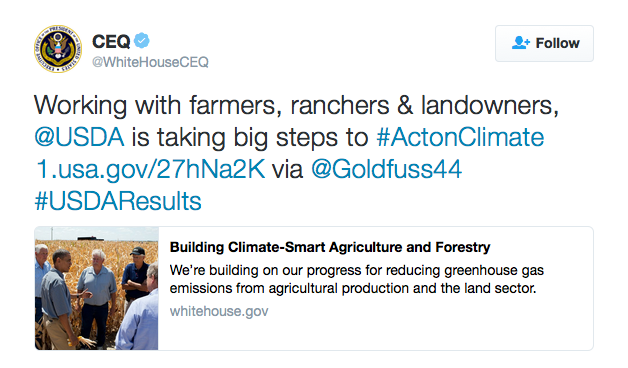 |
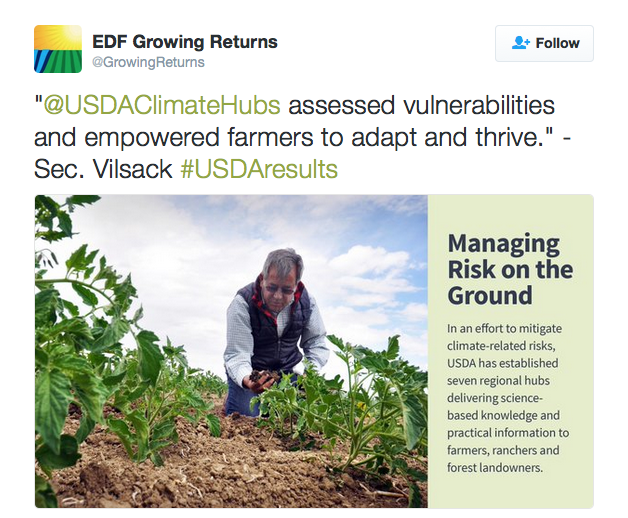 |
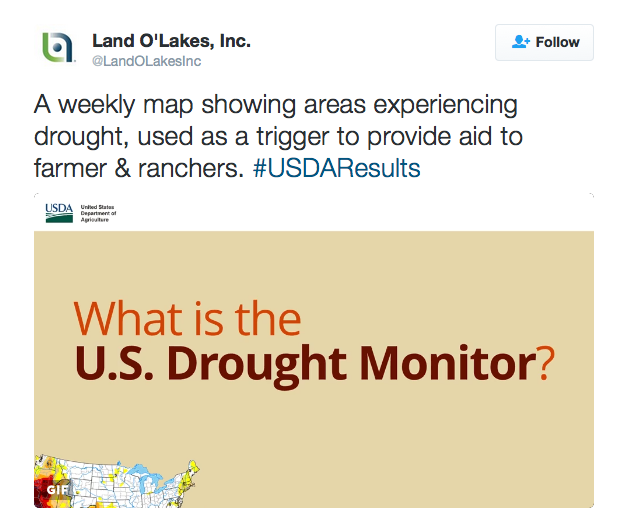 |
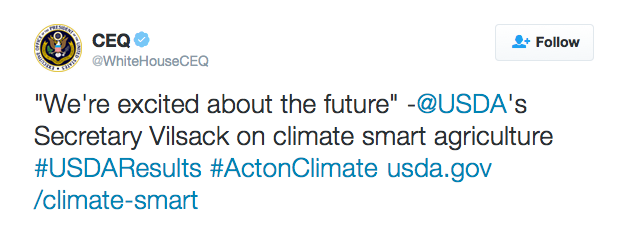 |

|


